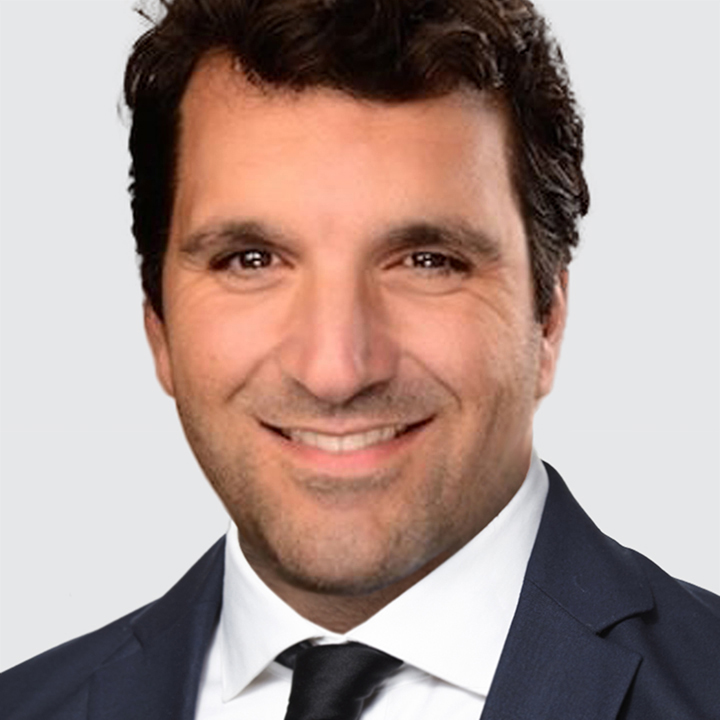US
USD is recovering after briefly revisiting a three-year low yesterday. In our view, the fundamental backdrop remains difficult for USD for three reasons: (i) the Trump administration implicitly supports a weaker dollar, (ii) the US economy faces stagflation risk, and (iii) confidence in US trade, fiscal, and security policies has taken a big hit.
US economy is showing strong growth with caveats. As of June 5, the Atlanta Fed GDPNow model estimates Q2 growth at 3.8% SAAR vs. 4.6% on June 2. The downward revision was driven by slower real personal consumption expenditures growth (2.6% from 4.0%) and a contraction in real gross private domestic investment (-2.2% from 0.5%). The primary driver to Q2 growth is net exports (+2.01pts). This is not indicative of solid economic activity as it largely reflects a tariff-related plunge in imports. In fact, imports of goods and services declined a record -16.3% m/m in April.
Today, the May non-farm payrolls (NFP) print will offer a fresh update of US labor market conditions (8:30am New York, 1:30pm London). Consensus see job gains of 126k vs. 177k in April while its whisper number stands at 110k. The ADP and ISM manufacturing Employment Index suggest risks to NFP gains are skewed to the downside while the employment subindex of the ISM services PMI points to weak job gains. For reference, payroll job gains averaged 152k/month over the past twelve months while the breakeven pace of job gains needed to keep the unemployment rate stable is between 80k and 100k.
The unemployment rate is projected to be unchanged at 4.2% which would track below the Fed’s 2025 projection of 4.4%. Average hourly earnings are forecast at 3.7% y/y vs. 3.8% in April. Overall, wage growth is running around sustainable rates consistent with the Fed’s 2% inflation target given annual non-farm productivity growth of around 2%.
No major US trading partners were designated as currency manipulators in the Treasury Department’s semiannual Report on Macroeconomic and Foreign Exchange Policies. However, the report criticized China’s lack of transparency around its exchange rate policies and urged the Bank of Japan to continue monetary tightening to correct yen weakness versus the dollar. Moreover, the report added Ireland and Switzerland to its monitoring list due to significant trade and current account surpluses.
Yesterday, US President Donald Trump and Chinese President Xi Jinping agreed to restart trade negotiations but there was no concrete action plan. As such, trade policy uncertainty will stay elevated and a headwind to risk assets.
CANADA
USD/CAD is range-bound near an 8-month low around 1.3670. Bank of Canada (BOC) Deputy Governor Sharon Kozicki offered more color behind the bank’s decision to keep rates steady at 2.75% this week. Kozicki pointed out that after consultation with businesses and industry associations “Overall, firms believed that their worst-case tariff scenarios were much less likely to materialize than they reported earlier this year. While uncertainty remains high, there was less talk of catastrophic outcomes.”
Canada’s May labor force survey is the domestic highlight (8:30am New York, 1:30pm London). Employment is seen falling by -10k vs. 7.4k in April and the unemployment rate is expected at 7.0% vs. 6.9% in April. Manufacturing was the biggest drag to employment in April due to trade uncertainty. Employment in manufacturing fell -31k in April, the largest monthly decline in five years.
While trade tension between the US and Canada may have peaked, trade policy uncertainty remains high, and the labor market looks set to weaken further. The swaps market continues to price in roughly 40% probability of a 25bps cut in July and a total of 40bps of easing over the next 12 months that would see the policy rate bottom between 2.25% and 2.50%.
EUROZONE
Yesterday, the ECB cut rates and indicated the easing cycle is almost finished. The ECB trimmed the policy rate 25bps to 2.00%, as was widely expected. Only one Governing Council member didn’t support the decision to cut. More importantly, President Christine Lagarde’s stressed the ECB is likely “getting to the end of the monetary-policy cycle.” Today, both Governing Council member Yannis Stournaras and Madis Müller agreed with Lagarde that the rate cutting cycle is “nearly done”.
The ECB’s updated Eurozone growth and inflation projections also suggest limited room for additional easing. ECB made no change to its 2025 growth outlook and expects inflation to settle at around the 2% medium-term target on a sustained basis.
The ECB presented two alternative illustrative tariffs scenarios: (i) a mild scenario of lower tariffs and a faster unwinding of trade policy uncertainty. If so, ECB likely on hold. and (ii) a severe scenario of higher tariffs and more persistently elevated trade policy uncertainty. If so, ECB can cut rates further.
EUR/USD pared back all its post ECB decision gains. The swaps market still implies 50bps of easing over the next 12 months and the policy rate to bottom at 1.50%. We doubt the ECB will trim the policy below 1.75% as looser fiscal policy in the Eurozone lessens the need for the ECB to do the heavy lifting in supporting growth. Bottom line: EUR/USD uptrend intact.
INDIA
USD/INR had a volatile trading session and is holding under 86.00. Reserve Bank of India unexpectedly delivered a jumbo cut and signaled a pause to the easing cycle. The RBI slashed the policy twice as much as expected by 50bps to 5.50% in a 5-1 vote split. The dissenter voted for a 25bps cut. The RBI noted that “inflation has softened significantly over the last six months” and argued for “frontloading the rate cuts to support growth.”
Importantly, the RBI decided to change the stance from accommodative to neutral due to “very limited space to support growth.” This suggests the RBI is done easing for now. However, the swaps market is pricing in 25bps of further easing over the next 12 months that would see the policy rate bottom at 5.25%.

